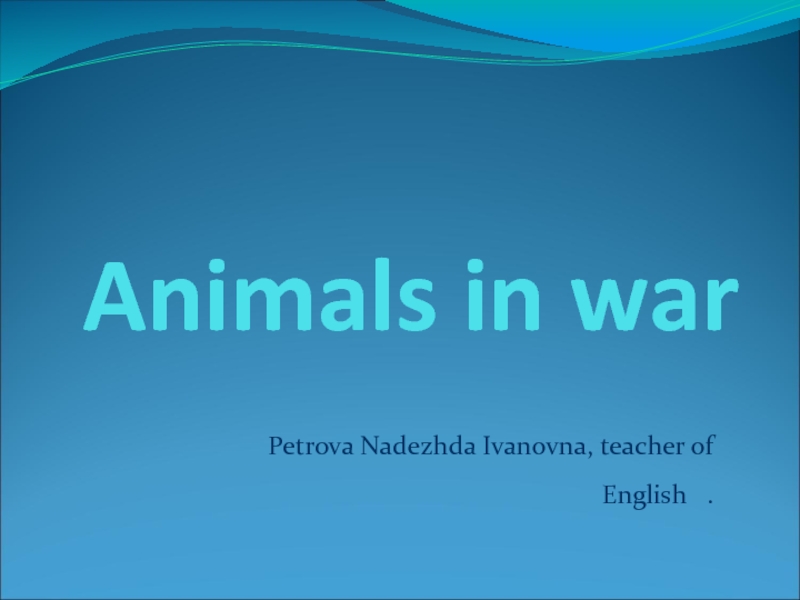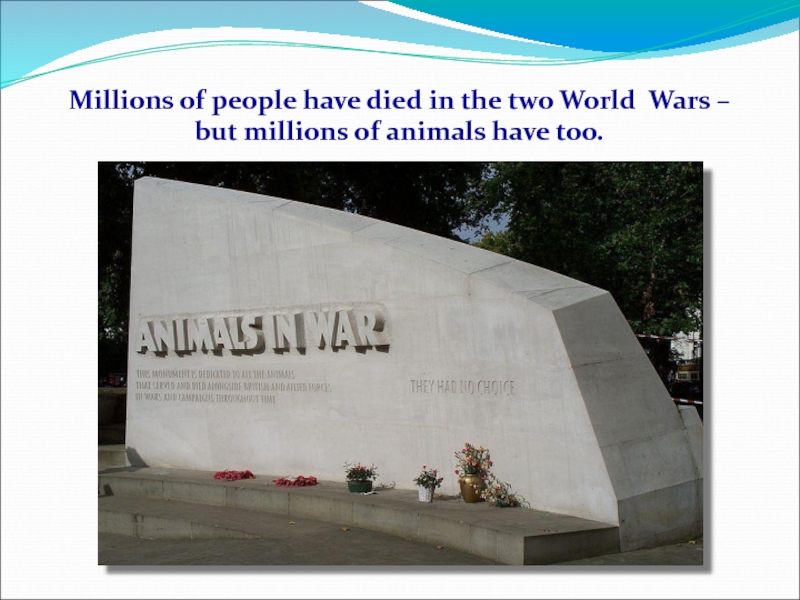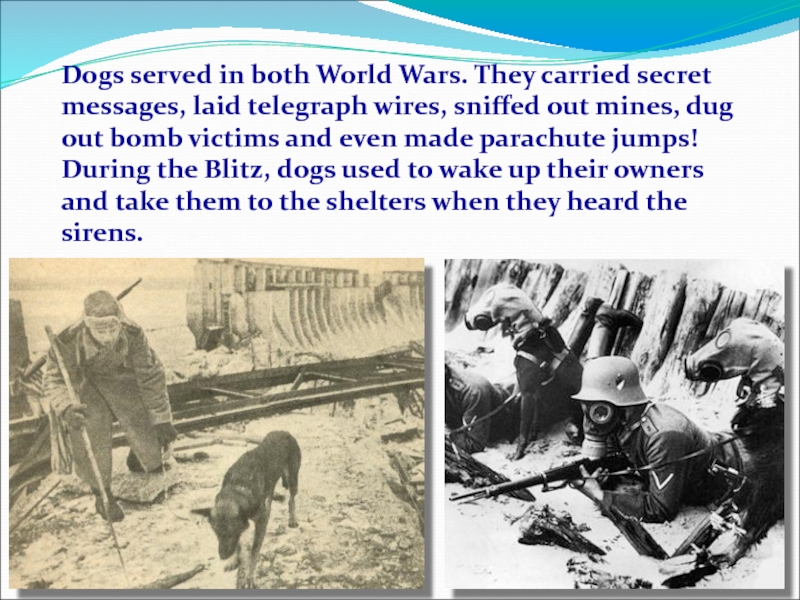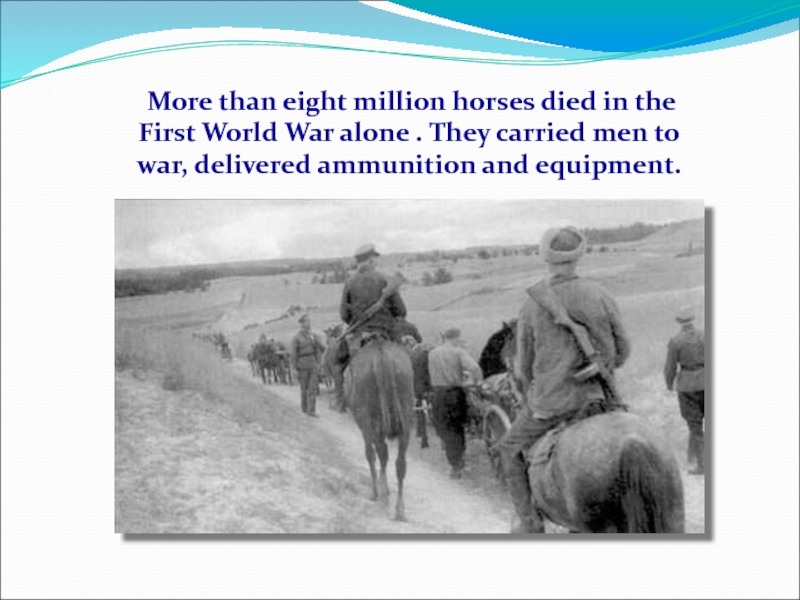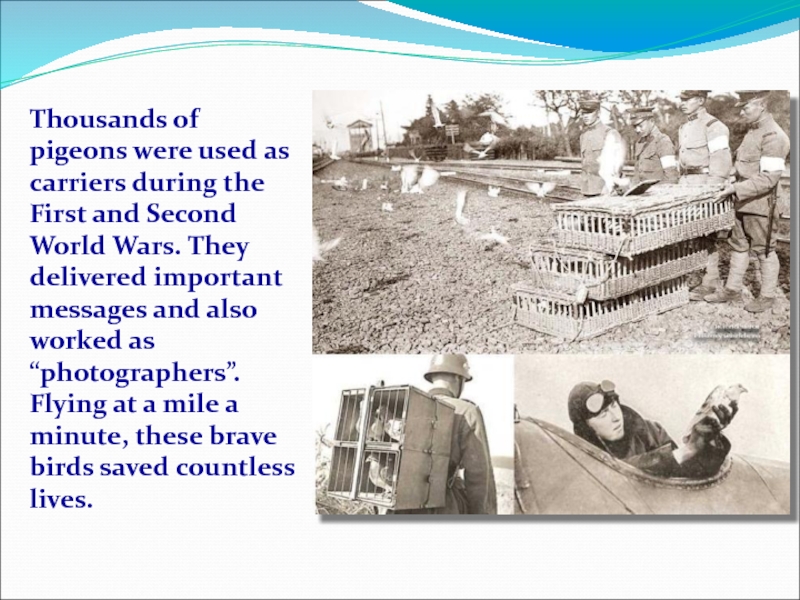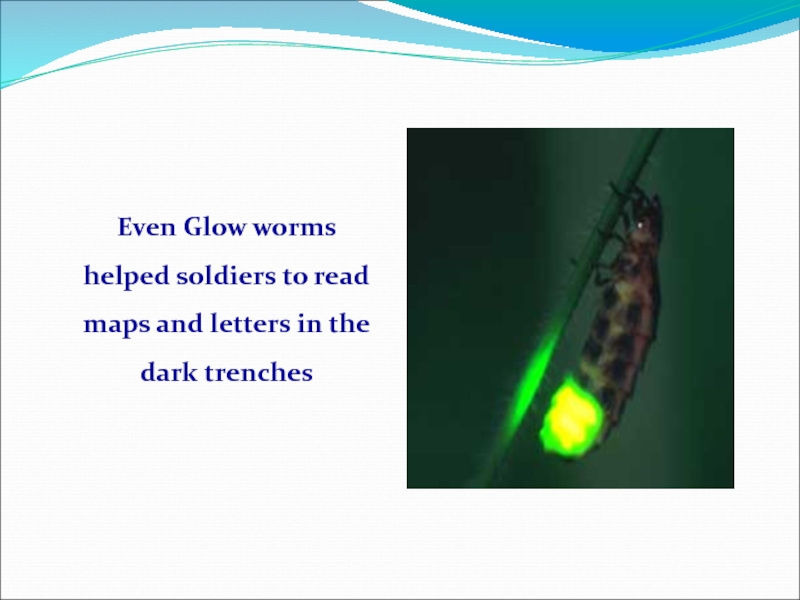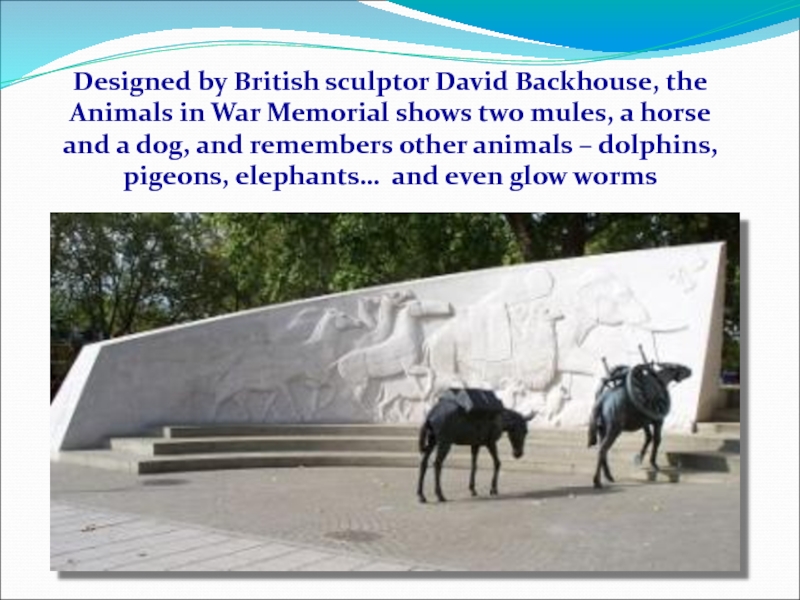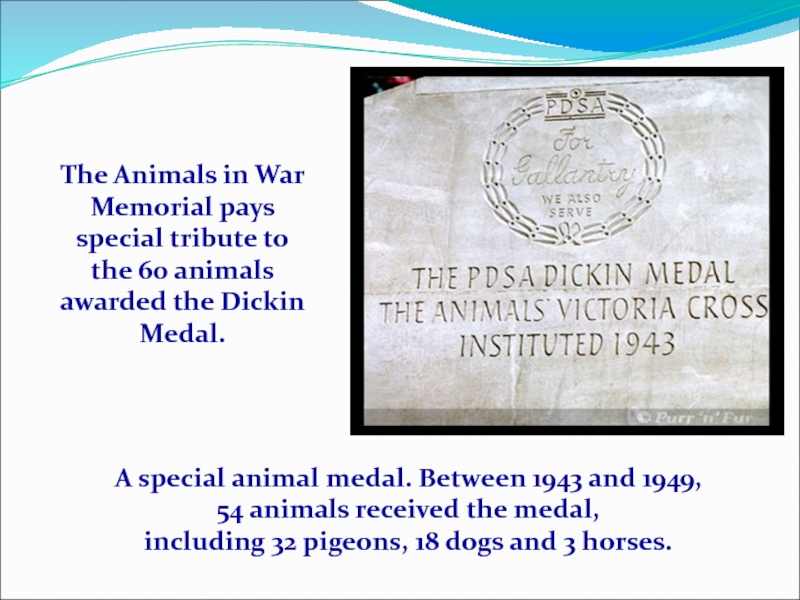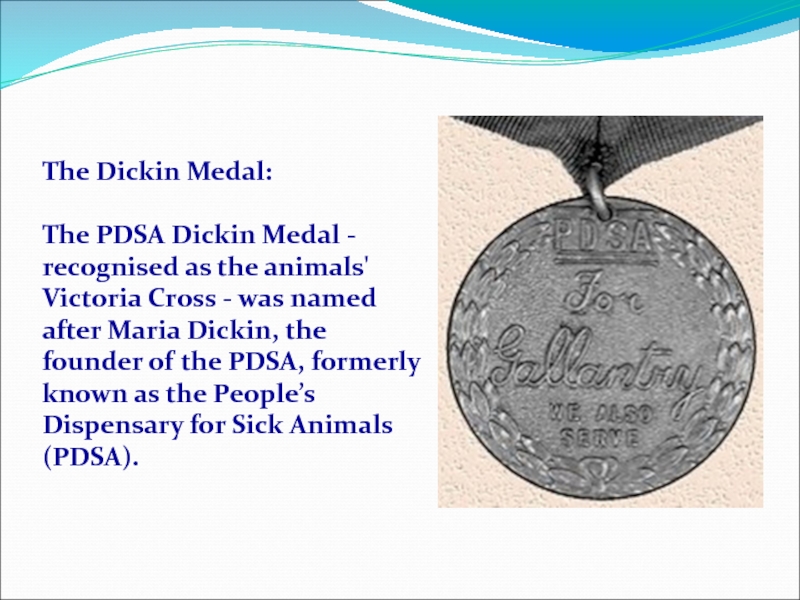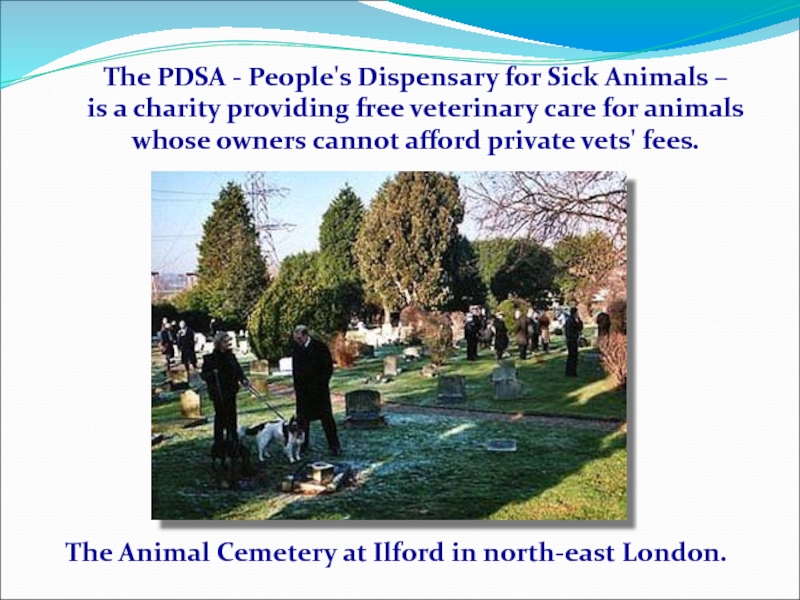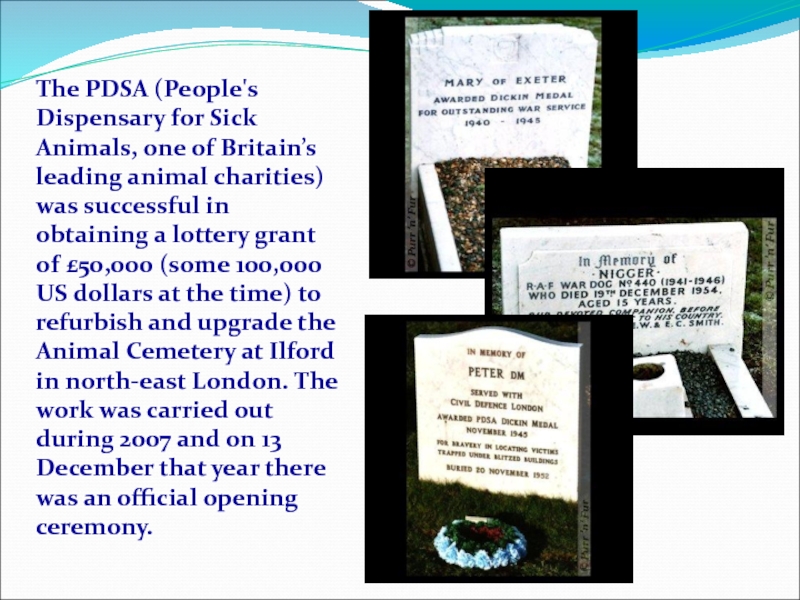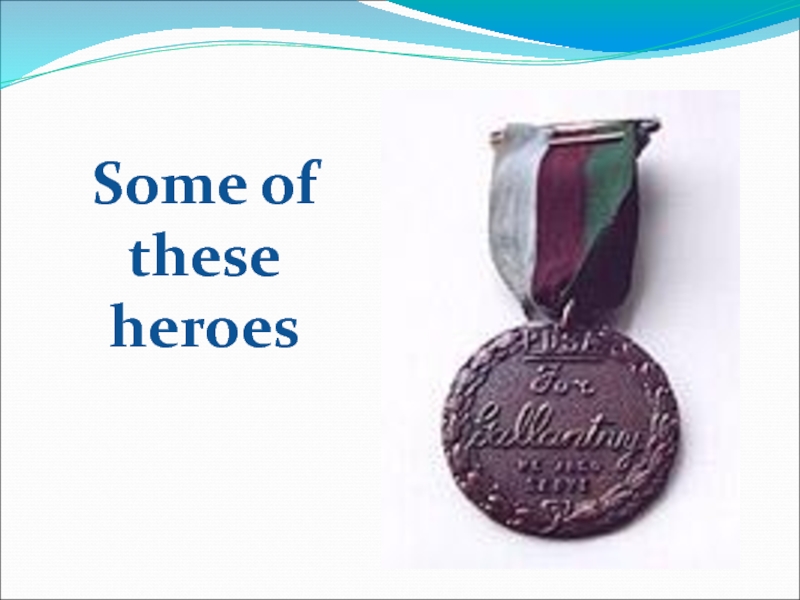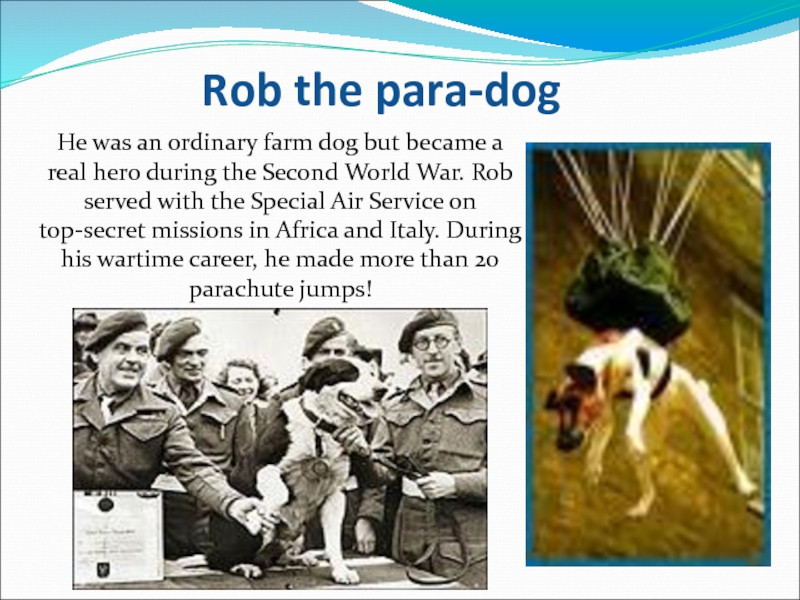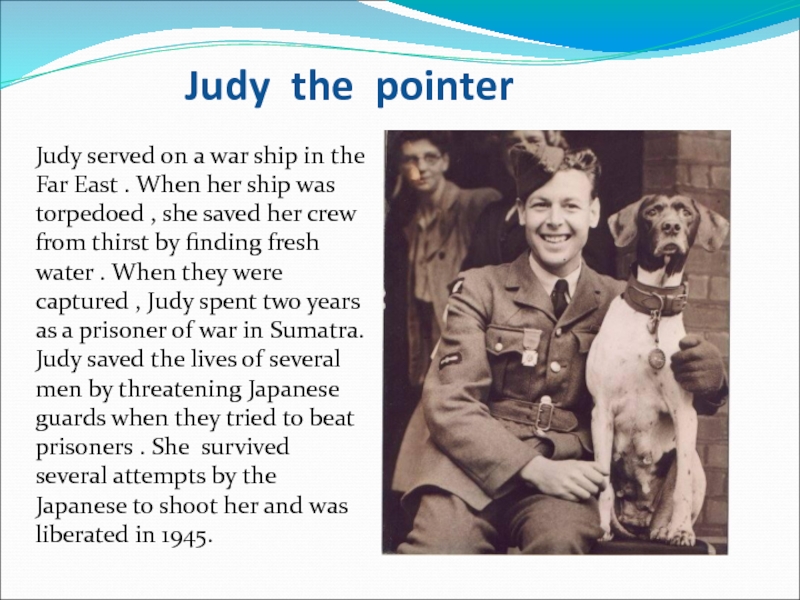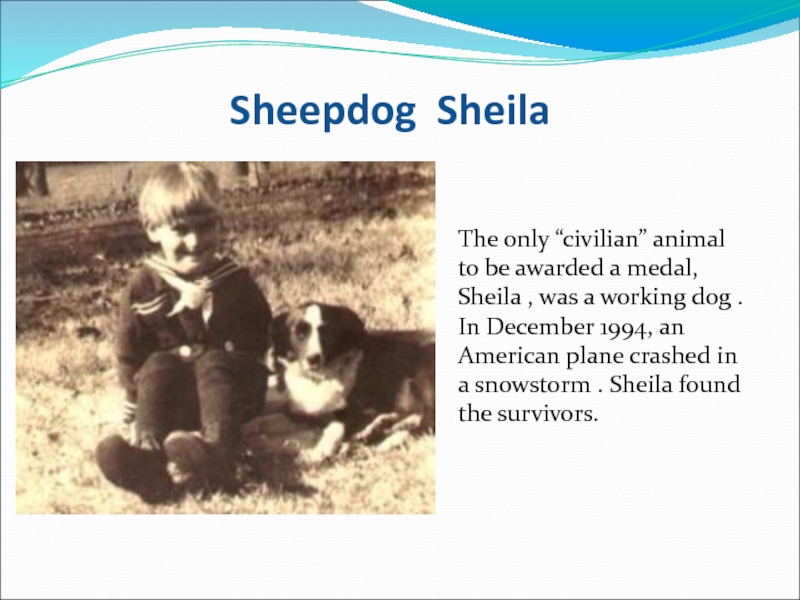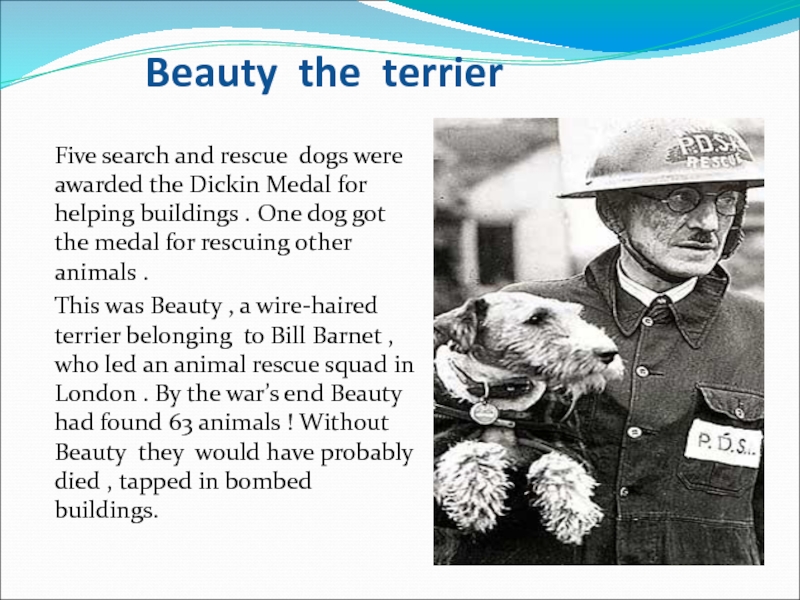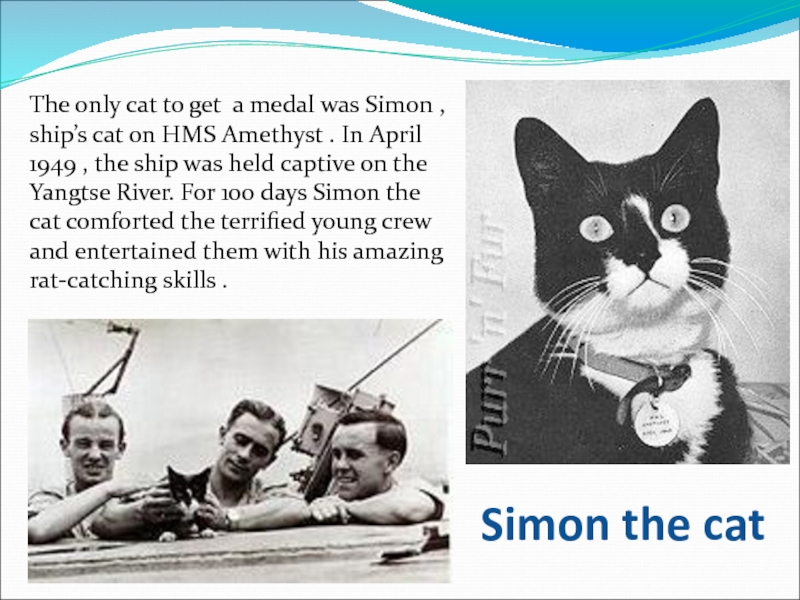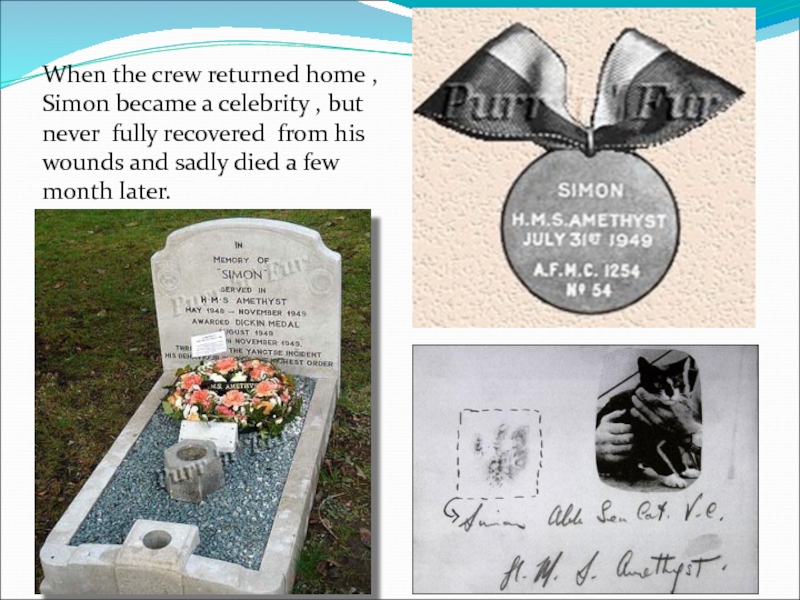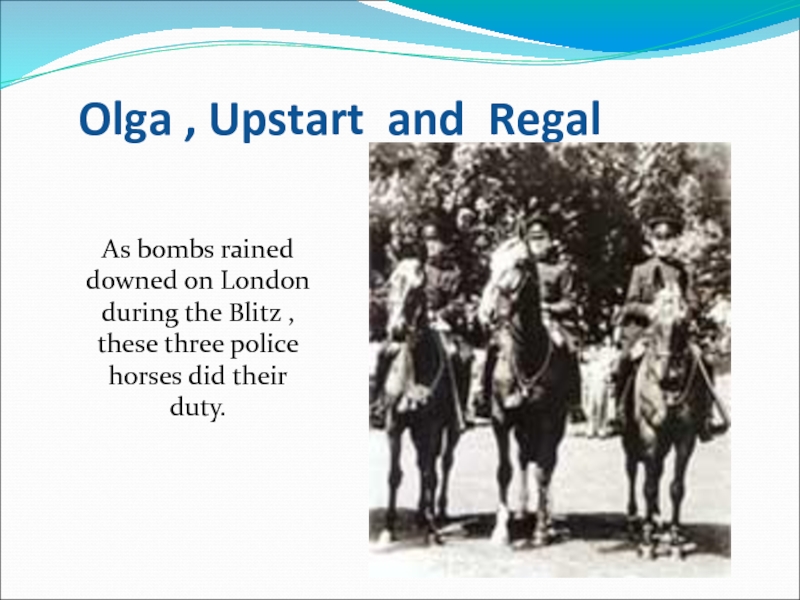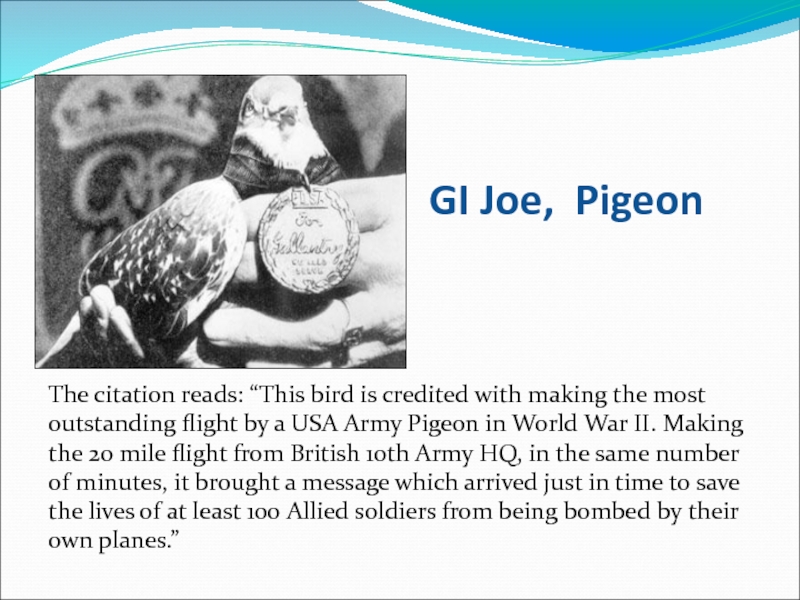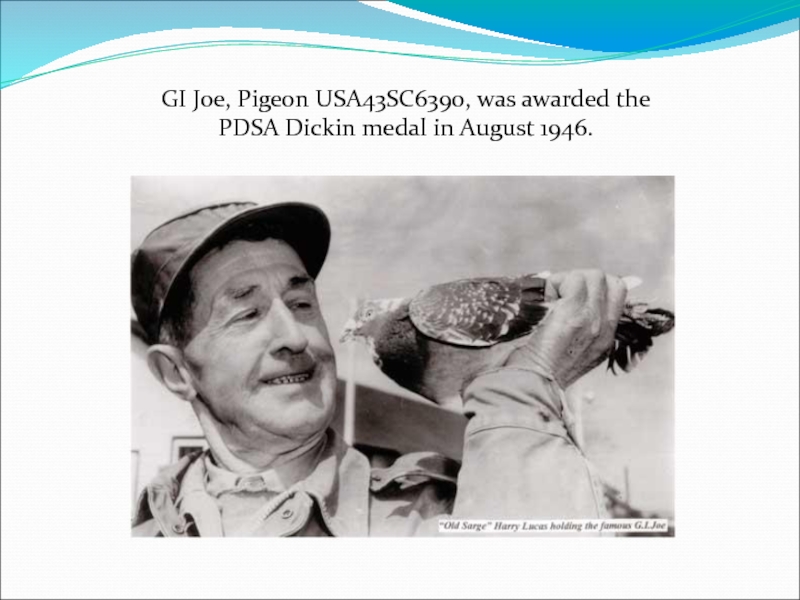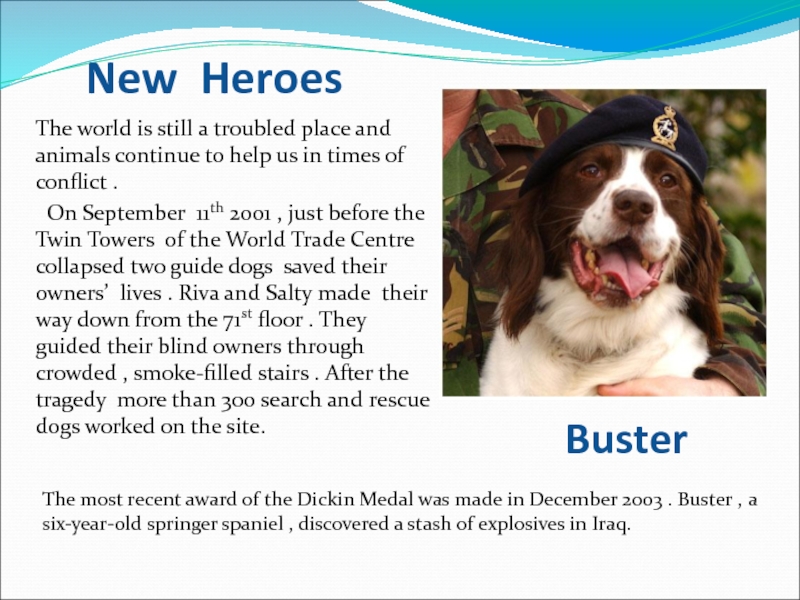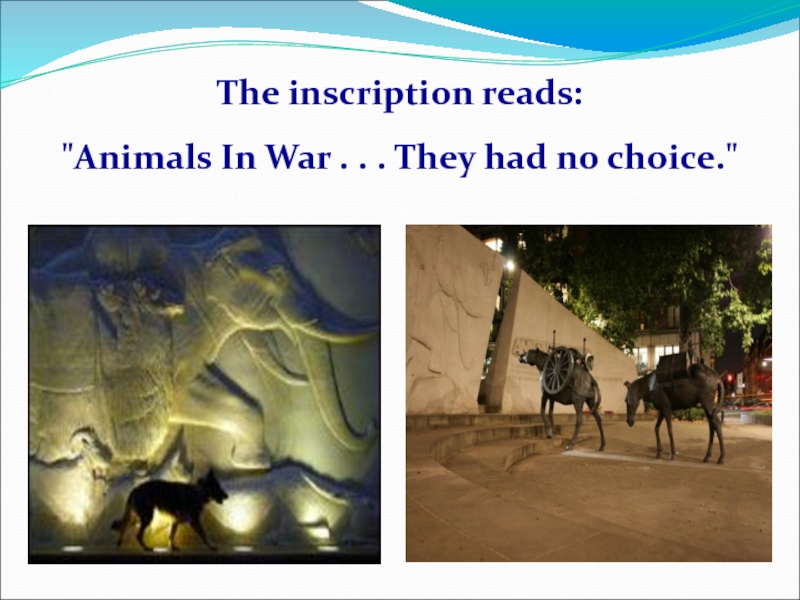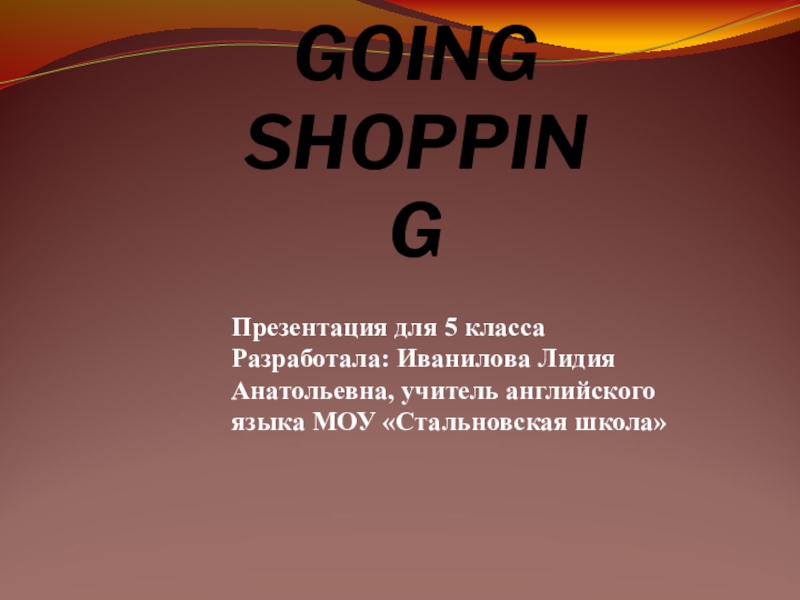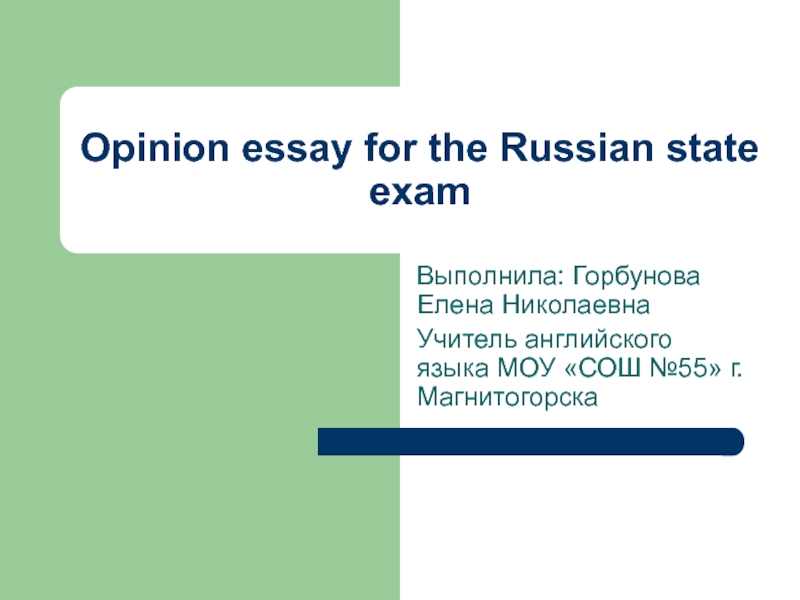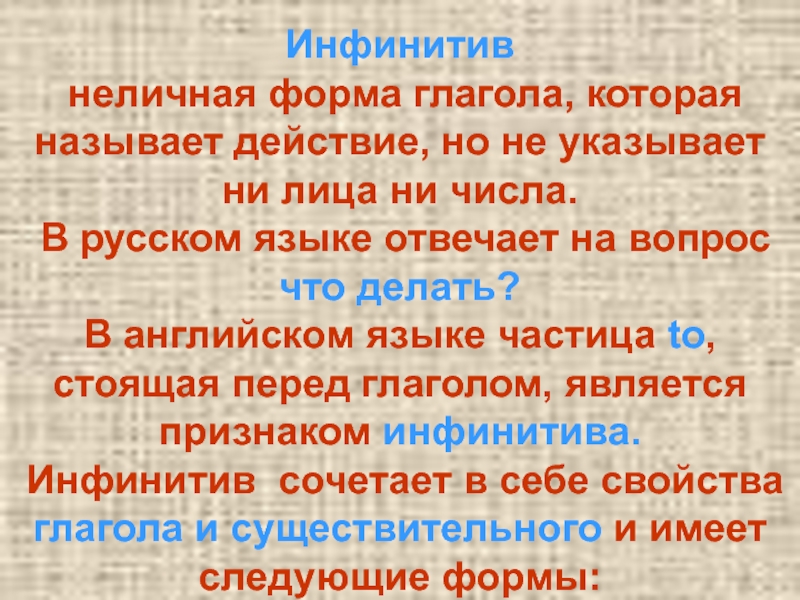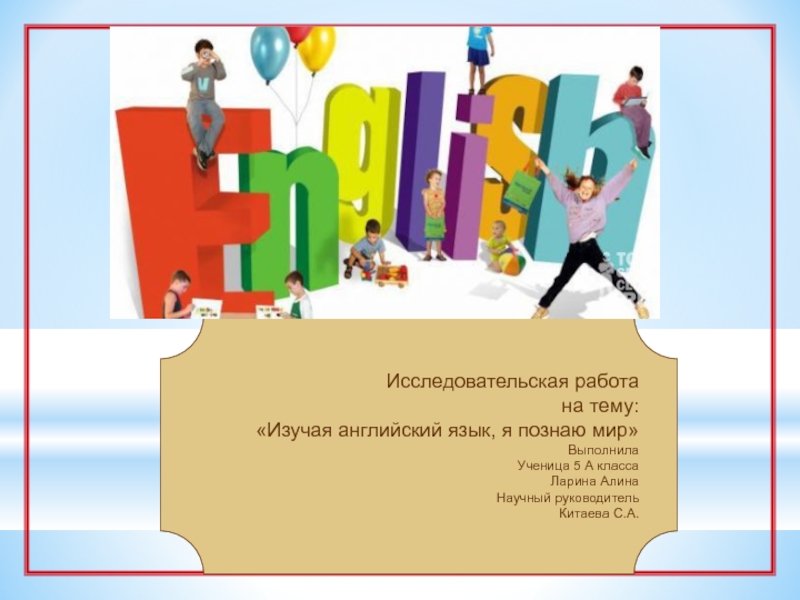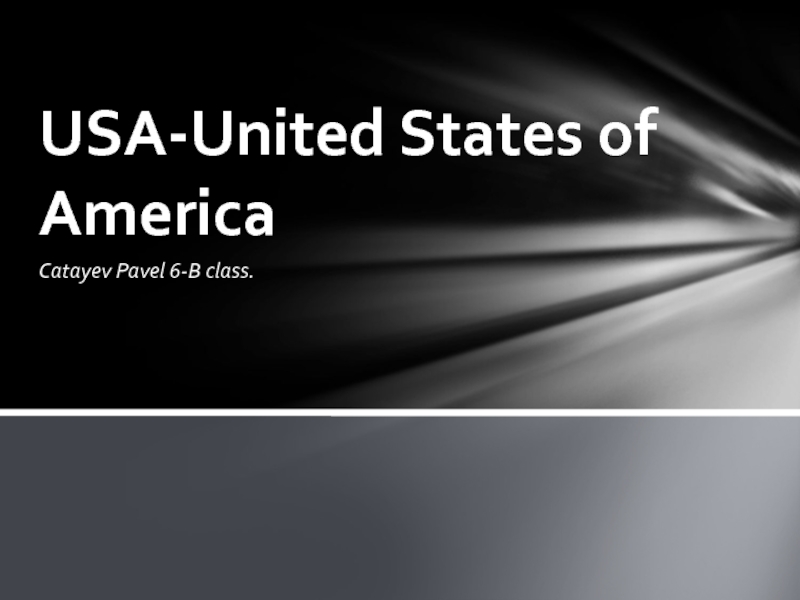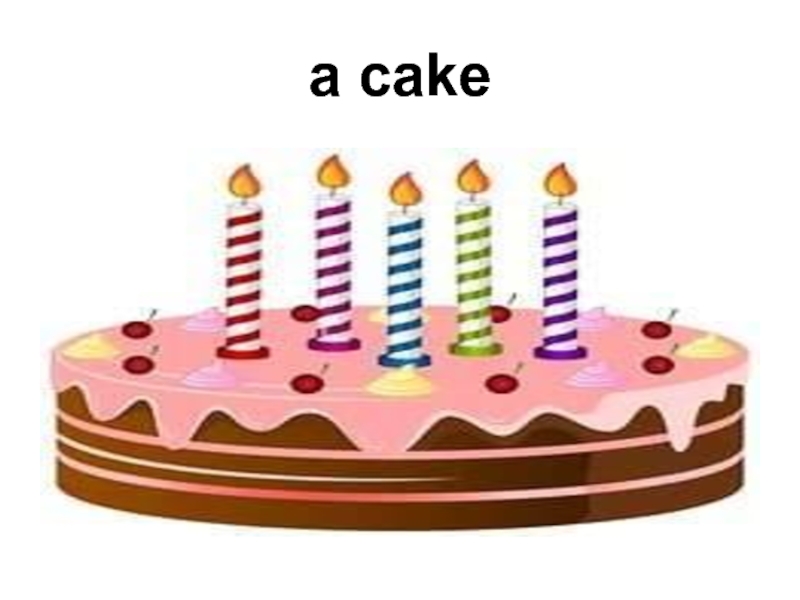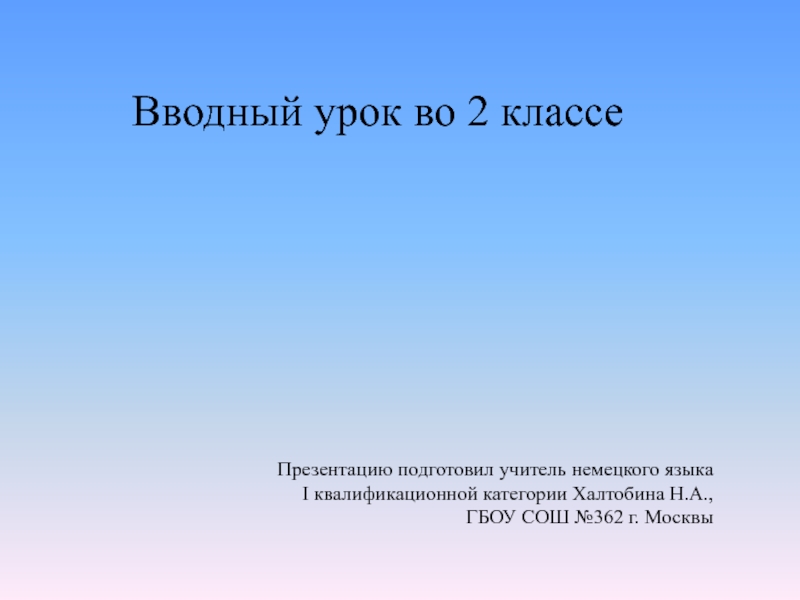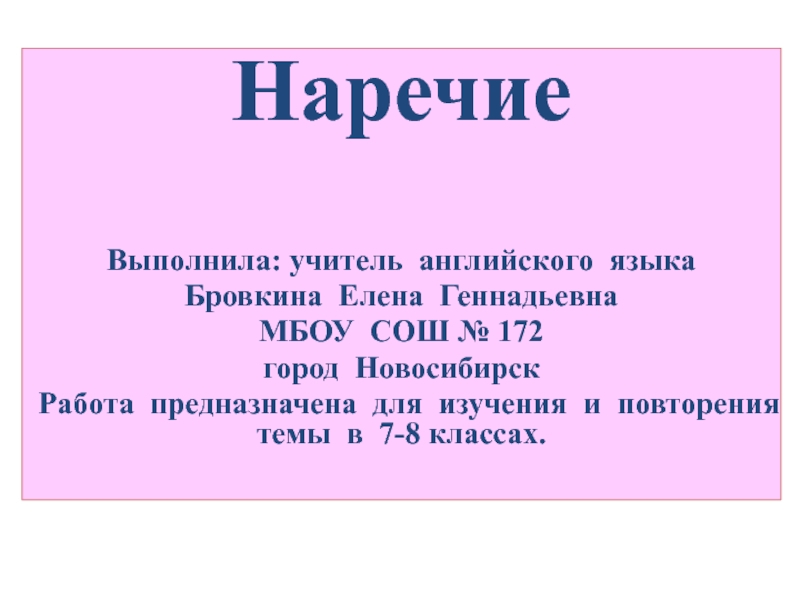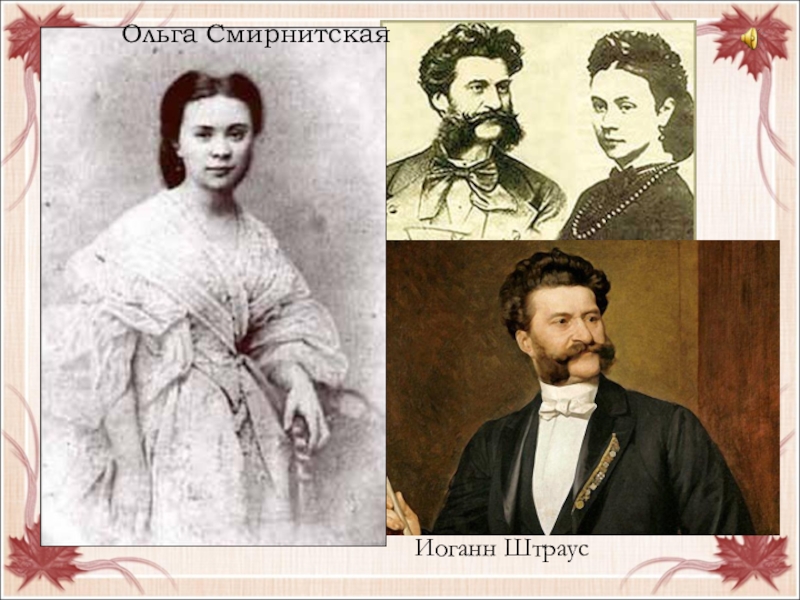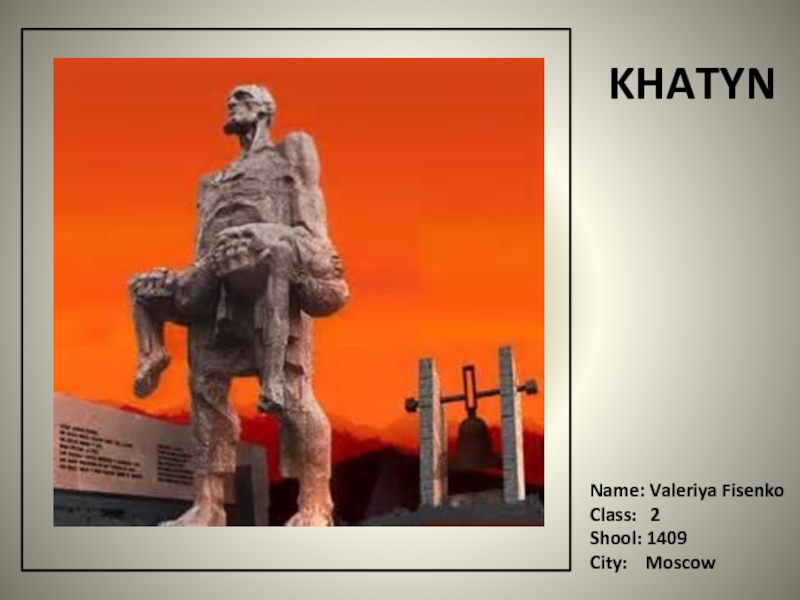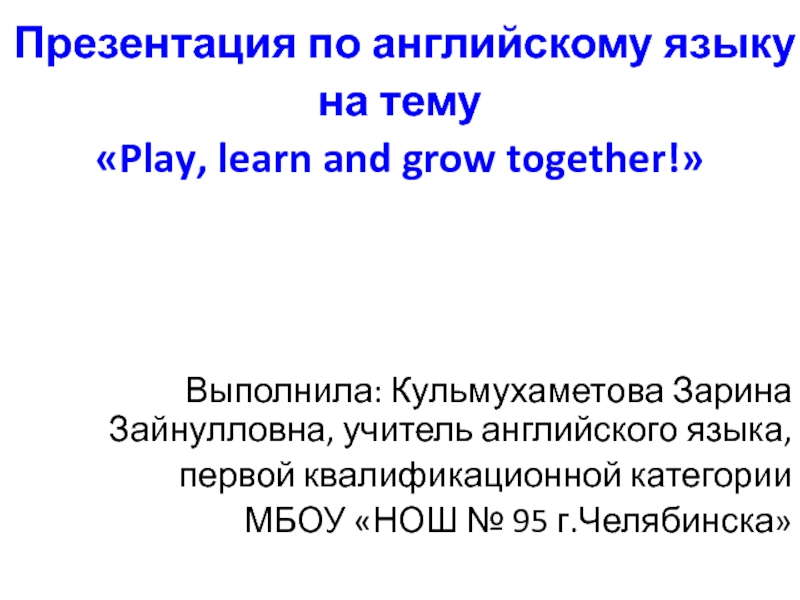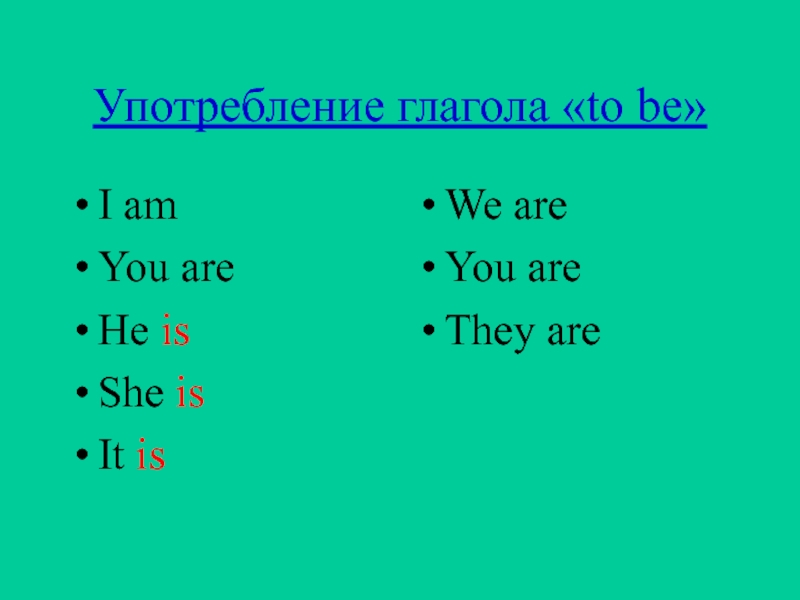Разделы презентаций
- Разное
- Английский язык
- Астрономия
- Алгебра
- Биология
- География
- Геометрия
- Детские презентации
- Информатика
- История
- Литература
- Математика
- Медицина
- Менеджмент
- Музыка
- МХК
- Немецкий язык
- ОБЖ
- Обществознание
- Окружающий мир
- Педагогика
- Русский язык
- Технология
- Физика
- Философия
- Химия
- Шаблоны, картинки для презентаций
- Экология
- Экономика
- Юриспруденция
Animals in war
Содержание
- 1. Animals in war
- 2. Millions of people have died in the
- 3. Dogs served in both World Wars. They
- 4. More than eight million horses died
- 5. Mules were found to have tremendous stamina
- 6. Thousands of pigeons were used as carriers
- 7. Even Glow worms helped soldiers to read maps and letters in the dark trenches
- 8. Now these brave animals have a memorial.
- 9. Designed by British sculptor David Backhouse, the
- 10. The Animals in War Memorial pays special
- 11. The Dickin Medal:The PDSA Dickin Medal -
- 12. The PDSA - People's Dispensary for Sick
- 13. The PDSA (People's Dispensary for Sick Animals,
- 14. Some of these heroes
- 15. Rob the para-dogHe was an ordinary farm
- 16. Judy the pointerJudy served on a war
- 17. Sheepdog SheilaThe only “civilian” animal to be
- 18. Beauty the terrierFive search and rescue dogs
- 19. Simon the catThe only cat to get
- 20. When the crew returned home , Simon
- 21. Olga , Upstart and RegalAs bombs rained
- 22. GI Joe, PigeonThe citation reads: “This bird
- 23. GI Joe, Pigeon USA43SC6390, was awarded the PDSA Dickin medal in August 1946.
- 24. New HeroesThe world is still a troubled
- 25. The inscription reads: "Animals In War . . . They had no choice."
- 26. Thank you for attention!
- 27. Скачать презентанцию
Millions of people have died in the two World Wars – but millions of animals have too.
Слайды и текст этой презентации
Слайд 3Dogs served in both World Wars. They carried secret messages,
laid telegraph wires, sniffed out mines, dug out bomb victims
and even made parachute jumps! During the Blitz, dogs used to wake up their owners and take them to the shelters when they heard the sirens.Слайд 4 More than eight million horses died in the First
World War alone . They carried men to war, delivered
ammunition and equipment.Слайд 5Mules were found to have tremendous stamina in extreme climates
and over the most difficult terrain, serving courageously in the
freezing mud on the Western Front and later at Monte Cassino in World War II. Equally they toiled unflinchingly in the oppressive heat of Burma, Eritrea and Tunisia.Слайд 6Thousands of pigeons were used as carriers during the First
and Second World Wars. They delivered important messages and also
worked as “photographers”. Flying at a mile a minute, these brave birds saved countless lives.Слайд 8Now these brave animals have a memorial. It is situated
in London.
The memorial was opened in 2004.It is dedicated
to the brave animal heroes who have served and died in wars and conflicts
Слайд 9Designed by British sculptor David Backhouse, the Animals in War
Memorial shows two mules, a horse and a dog, and
remembers other animals – dolphins, pigeons, elephants… and even glow wormsСлайд 10The Animals in War Memorial pays special tribute to the
60 animals awarded the Dickin Medal.
A special animal medal.
Between 1943 and 1949, 54 animals received the medal,
including 32 pigeons, 18 dogs and 3 horses.
Слайд 11The Dickin Medal:
The PDSA Dickin Medal - recognised as the
animals' Victoria Cross - was named after Maria Dickin, the
founder of the PDSA, formerly known as the People’s Dispensary for Sick Animals (PDSA).Слайд 12The PDSA - People's Dispensary for Sick Animals –
is
a charity providing free veterinary care for animals whose owners
cannot afford private vets' fees.The Animal Cemetery at Ilford in north-east London.
Слайд 13The PDSA (People's Dispensary for Sick Animals, one of Britain’s
leading animal charities) was successful in obtaining a lottery grant
of £50,000 (some 100,000 US dollars at the time) to refurbish and upgrade the Animal Cemetery at Ilford in north-east London. The work was carried out during 2007 and on 13 December that year there was an official opening ceremony.Слайд 15Rob the para-dog
He was an ordinary farm dog but became
a real hero during the Second World War. Rob served
with the Special Air Service on top-secret missions in Africa and Italy. During his wartime career, he made more than 20 parachute jumps!Слайд 16Judy the pointer
Judy served on a war ship in the
Far East . When her ship was torpedoed , she
saved her crew from thirst by finding fresh water . When they were captured , Judy spent two years as a prisoner of war in Sumatra. Judy saved the lives of several men by threatening Japanese guards when they tried to beat prisoners . She survived several attempts by the Japanese to shoot her and was liberated in 1945.Слайд 17Sheepdog Sheila
The only “civilian” animal to be awarded a medal,
Sheila , was a working dog . In December 1994,
an American plane crashed in a snowstorm . Sheila found the survivors.Слайд 18Beauty the terrier
Five search and rescue dogs were awarded the
Dickin Medal for helping buildings . One dog got the
medal for rescuing other animals .This was Beauty , a wire-haired terrier belonging to Bill Barnet , who led an animal rescue squad in London . By the war’s end Beauty had found 63 animals ! Without Beauty they would have probably died , tapped in bombed buildings.
Слайд 19Simon the cat
The only cat to get a medal was
Simon , ship’s cat on HMS Amethyst . In April
1949 , the ship was held captive on the Yangtse River. For 100 days Simon the cat comforted the terrified young crew and entertained them with his amazing rat-catching skills .Слайд 20When the crew returned home , Simon became a celebrity
, but never fully recovered from his wounds and sadly
died a few month later.Слайд 21Olga , Upstart and Regal
As bombs rained downed on London
during the Blitz , these three police horses did their
duty.Слайд 22GI Joe, Pigeon
The citation reads: “This bird is credited with
making the most outstanding flight by a USA Army Pigeon
in World War II. Making the 20 mile flight from British 10th Army HQ, in the same number of minutes, it brought a message which arrived just in time to save the lives of at least 100 Allied soldiers from being bombed by their own planes.”Слайд 24New Heroes
The world is still a troubled place and animals
continue to help us in times of conflict .
On
September 11th 2001 , just before the Twin Towers of the World Trade Centre collapsed two guide dogs saved their owners’ lives . Riva and Salty made their way down from the 71st floor . They guided their blind owners through crowded , smoke-filled stairs . After the tragedy more than 300 search and rescue dogs worked on the site.Buster
The most recent award of the Dickin Medal was made in December 2003 . Buster , a six-year-old springer spaniel , discovered a stash of explosives in Iraq.
